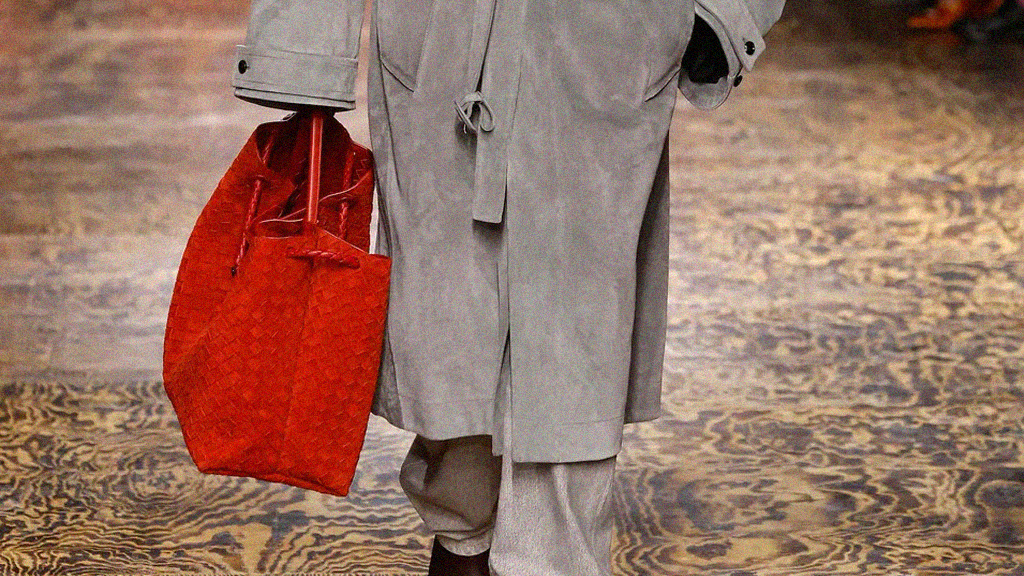3 min 54 sec read
How does FOMO Marketing work for brands?
The Bottega Veneta Effect
Bottega Veneta, known for its handcrafted leather bags, decided to quit Instagram in 2021. A bold move that sparked curiosity and excitement. The Milan-based luxury fashion house capitalized on people’s fear of missing and drove consumer engagement, urgency, and action. This unconventional FOMO Marketing tactic made people wonder why such a successful brand would delete its highly engaged social media accounts.
Bottega Veneta’s decision to disappear from social media created an air of intrigue and mystery around the brand. This approach perfectly aligned with Daniel Lee’s vision for the Italian label, which was to cultivate a perception of exclusivity and uniqueness. By hosting closed-door runway shows and relying on celebrity endorsements, Bottega Veneta didn’t need to worry much about publicity. This is a testament to the power of creating a unique brand identity that speaks for itself and captures people’s attention everywhere.

No Phone Allowed? FOMO Marketing only works for some brands!
Two brands tried to follow in Bottega’s footsteps of FOMO Marketing. One of them was The Row, a fashion house managed by Mary-Kate and Ashley Olsen. During their show during Paris Fashion Week, the brand requested that the invitees put down their phones and jot down their observations on a notepad. Their approach created a buzz that lasted long after the show ended. But the reactions were mixed. Those who prefer a more organic audience or are critical of social media praised the twins’ strategy. However, some brand fans argued that prohibiting phones was an unnecessary display of elitism, asserting that social media is a tool to make fashion accessible to everyone. Despite the varied opinions, The Row’s decision to take a different path and make the fashion show more exclusive was seen as a daring move that helped the brand stand out and create a lasting impression.
Fashion bloggers expressed their disapproval of the phone ban. Some commented that they were old enough to know when to put their phone away. Other opinion leaders tweeted (on the social media platform that is no longer called Twitter) that the brand needs to be more relevant for such a move. Interestingly, despite not having any runway pictures, The Row has created some excitement around their latest collection. While it may not be massive, it’s certainly a noteworthy achievement.
Surprise Surprise: FOMO Marketing at its best!
No phones at The Row’s show was not the only surprise this season. Just when we thought Louis Vuitton was all set to close Paris Fashion Week, Saint Laurent, led by the visionary Anthony Vacarello, dropped a bombshell. They hosted an impromptu menswear show, and yes, it was as exclusive as it sounds. But here’s where FOMO Marketing truly shines – the buzz was all over, making it the event you didn’t want to miss. The urge to catch up was wild for fashion lovers who weren’t on the guest list. This move wasn’t just stylish but strategic genius, with skyrocketing views and engagement for the brand and its online partners. Everyone was hunting for a scoop on Saint Laurent’s mysterious show. The collection? It is a stunning tribute to Yves Saint Laurent himself. If you haven’t seen it yet, you’re seriously missing out. Trust me, it’s worth watching.
That’s the brilliance of FOMO Marketing in today’s social media-driven world. Not every brand can master it—it takes a heavyweight with history and prestige like Saint Laurent to nail it. Do you want to create a buzz around your brand on social media? Let’s schedule a call with Shiku Media to design a unique FOMO Marketing strategy that will leave your audience craving more!
